Sect sought peace in the Bermudian Valley
Bermudian Settlement
279 Bermudian Church Road, East Berlin
The situation
Conrad Beissel was restless, going from thing to thing in early 18th-century Germany.
When he finally bit into something, a brand of Protestant Christianity, its holdings were far from the views of Martin Luther, John Calvin and other leading Reformers who parted company with the Roman Catholic Church two centuries before.
Beissel’s mentors, the Inspirationists, would preach in a trancelike state. They sometimes displayed jolting motions of their bodies: The Holy Spirit was at work, it was believed.
They contended that the second coming of Christ was near.
And they tended to avoid military service and taking oaths.
Beissel (1690-1768), like others of this and other nonconformist camps, became unpopular in many regions of Germany that left little room for such things.
But they had an out. William Penn and his heirs were recruiting German and Swiss people to come to Pennsylvania, where they could practice their faith in peace.
Not all of the Pennsylvania Dutch, as German settlers became known, linked arms with Beissel and his band of radical pietists who held strongly to spiritual reawakening and repentance. But Beissel and others would find a place in America, as did countless other German immigrants to Pennsylvania.
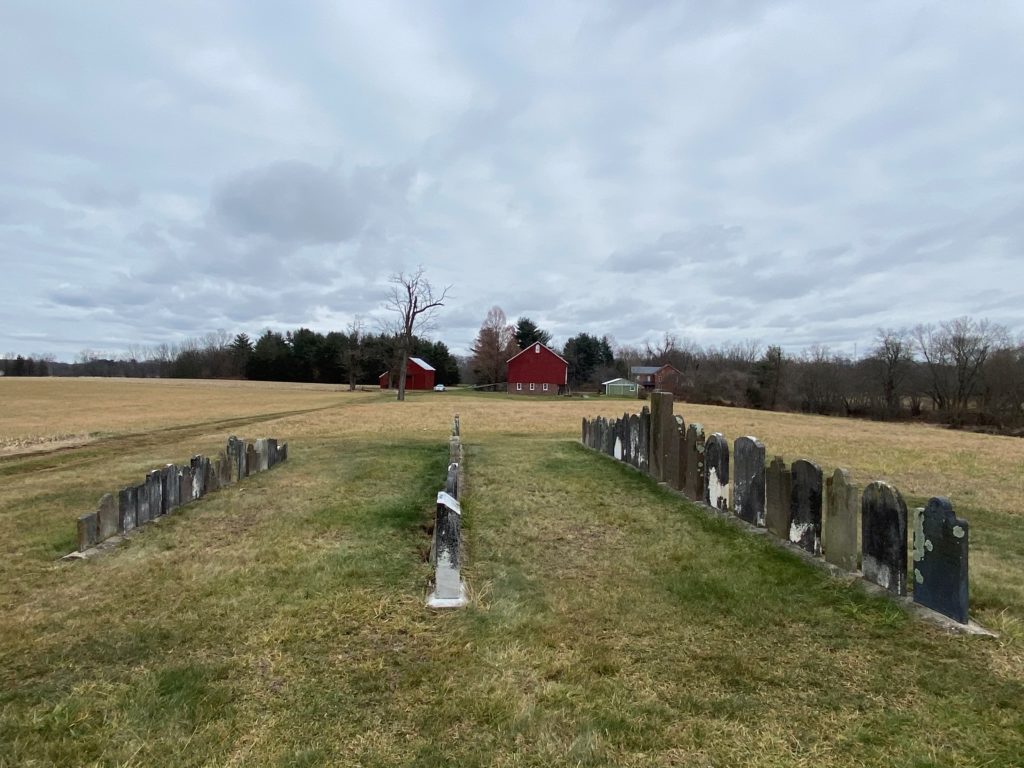
For Beissel and his Seventh Day Baptists, it meant communal life on the banks of the Cocalico Creek in Ephrata in 1732.
Then his band kept expanding. Their beliefs were different enough that they needed elbow room, a phrase later attributed to their Berks County neighbor Daniel Boone.
Few other Germans were so fervently awaiting the second coming of Jesus. And few considered the Sabbath as the seventh day of the week: Saturday. And many Pennsylvania Dutch practiced infant baptism, as opposed to Beissel’s Seventh Day Baptist view of baptism after reaching the age of understanding, about 13 years in age and older.
In York County, the fertile, remote acreage between the Bermudian and Big Conewago creeks in Washington Township brought enough isolation that Beissel’s disciples could farm and worship in peace and in their distinctive ways. (Another cloister, Snow Hill, developed even farther west on a branch of the Antietam Creek in Quincy, Franklin County.)
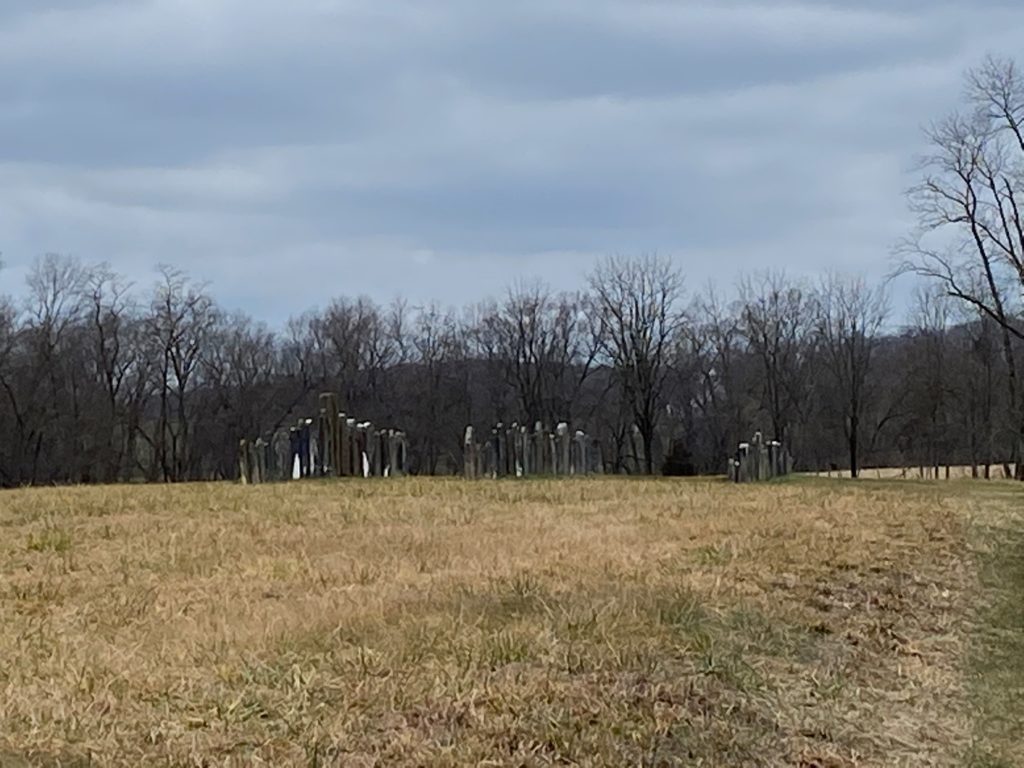
The witness
But they were not alone in the Bermudian Valley.
Another denomination of German Baptists was there with a toned-down theology toward the end times and a traditional view of a Sunday Sabbath. But – and this is a major but – they held to the Baptism of adults, believers’ baptism. And this well-watered area between two big and deep creeks offered plenty of places for the total immersion required for such baptisms.
There came a moment of decision. Would the two groups of German immigrants remain separate? Or would they wash the feet of their neighbors?
Over time, the two groups – Beissel’s Bermudian Settlement of Seventh Day Baptists and the German Baptists, known today at the Church of the Brethren – decided to share certain worship practices. The Love Feast, for example, included the washing of feet, as modeled by Jesus in the Bible.
And they intermarried, a sure sign that the two groups were meshing. Over time and long after Beissel’s death, in 1820 the Seventh Day congregation blended into the German Baptist church, today known as the Bermudian Church of the Brethren’s congregation.
“William Penn’s dream that people of different faiths could dwell together in peace appeared to be a reality,” Church of the Brethren historian Elmer Q. Gleim wrote in the York County History Center’s Journal of York County Heritage in 2011.
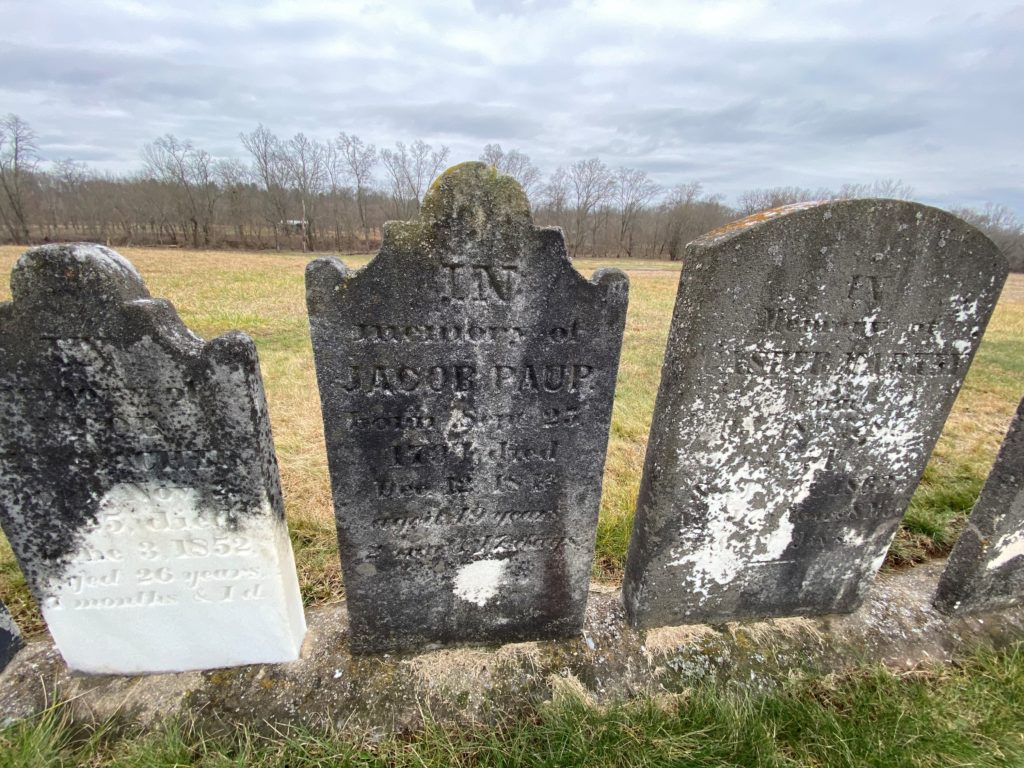
Of course, when a group holds up strong distinctives, as Beissel and his followers did, some people inevitably are going to view them with derision.
That came through when a Seventh Day Baptist devotee, Solomon Meyer, started publishing, Die York Gazette, a staunchly anti-federalist newspaper in 1796. Then, he gained a paid militia position as a reward for those views.
This brought a smirk from the York Recorder, Meyer’s federalist competitor.
“That this fellow has as little knowledge of military affairs as a jackass of dancing, must have been well known to our Patriot Governor,” The Record said of Meyer’s military experience as a past devotee to a pacifist camp.
And about Meyer himself, The Record said: “Many hundreds of our citizens remember that not long since this Solomon wandered up and down amongst us, an hypocritical devotee, accoutred like a Friar, with a long robe and wallet… . Perhaps he was studying tactics, and the art of war while pretending to expiate his crimes, or was it at the same he received a wound whilst qualifying himself for service of the ladies, in a Nunnery.”
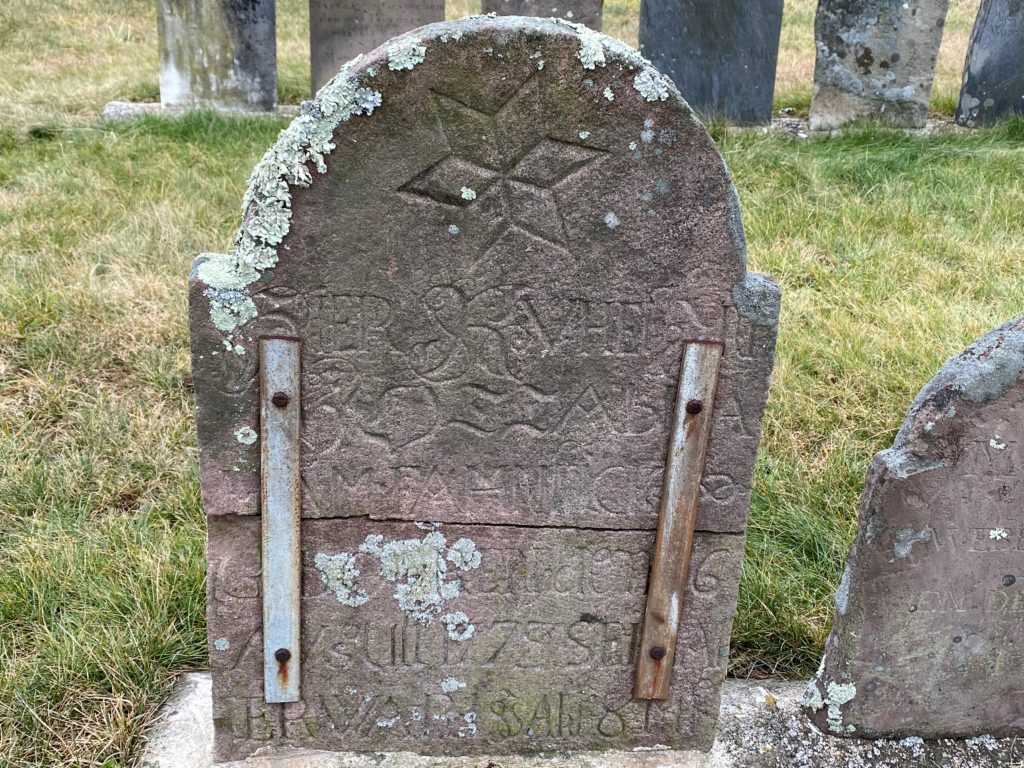
A couple of points emerge here:
- Political speech was as strident as today, and maybe more so, as characterized by the satirical comment about Meyer’s interaction with the nunnery. That was a reference to the celibate women – and men – in Ephrata, who, with the married householders, made up that community. Some of Beissel’s flock wore white robes and led an ascetic life, so political foes derided such differences. And Americans who practiced pacifism or became conscientious objectors could face criticism or worse.
- Many of the Pennsylvania Dutch, anti-federalists like Meyer, were distrustful of a strong government as in Germany that led to religious intolerance. In York County, that prompted the Germans to back the Democrats, the anti-federalist or states’ rights party, in presidential elections in the 19th century. Unfortunately, that caused a majority in York County to oppose Republican Abraham Lincoln and what turned out to be his anti-slavery position in both his presidential bids.
Interestingly, Seventh Day Baptist congregants in Washington Township and Ephrata dissolved decades ago, but one town west of York County today hosts two churches. Salemville, in Bedford County is home to congregations known as the Red Brick Church and Bell Church. So two churches in an isolated town just two hours from York County practice in the lineage of Conrad Beissel. They have social media and online sites so their ministries are going out to the world.
Meanwhile, Bermudian Church of the Brethren has constructed a large multipurpose building on its Washington Township campus on the scenic south bank of the Bermudian. This points to the sense from this congregation, with those ties to its Seventh Day Baptists, of a strong future in that still-remote area of York County.
The questions
America used to be called a “melting pot.” Today, that metaphor is antiquated. This is because a melting pot strips people of their unique characteristics, blending us all into one, homogenous blob. Instead, we are called a “salad bowl,” demonstrating our unity (the bowl), while simultaneously appreciating our differences. How do we blend religious practices while still appreciating our unique qualities that make us different?
Sometimes we need space so people can practice their unique religious customs. However, that elbow room can become tighter when more and more faith groups squeeze into an area. How do we make sure all religions are welcome while still granting practitioners privacy?
Related links and sources: June Burk Lloyd’s Solomon Meyer: Printer and Politics; James McClure’s “I saw it in the paper,” 200th anniversary YDR special section, 1996; Ephrata Cloister history, YDR files. Top photo by Jim McClure. Bottom photo, York Daily Record
— By JAMIE NOERPEL and JIM McCLURE

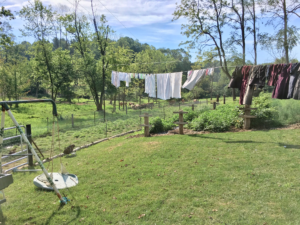
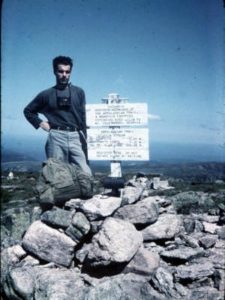
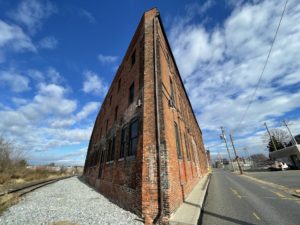
Pingback: Bermudian Valley: Seeking peace in York County's cloister, Part II - Witnessing York